What is a hordeolum?
A hordeolum is commonly known as a stye. A stye is an inflammation or infection of the oil glands present in the eyelids. It is a red, sometimes painful swelling which appears like lump or a pus filled pimple at the edge of the eyelids. It can be present in either the upper or the lower eyelids at the edge where the eyelashes are.
What causes a stye?
A gland is present in the eyelids which produces oil which are mixed with tears and helps in lubrication of eyes. When this gland becomes infected or inflamed, a stye develops. It can be caused by a build up of the infected material in the gland which include oil secretions, dead cells, pus and and bacteria. This material build up can lead to clogging of the gland. The staphylococcus is the most common bacteria responsible for an infection leading to stye.
Which children are at a greater risk for developing a stye?
There are some conditions which make a child more likely to develop a stye. These are:
- The child wears contact lenses.
- There is poor personal hygiene.
- The child uses eye makeup regularly and might be using makeup which is old or expired.
- The child has a systematic condition such as rosea, dermatitis or acne.
Can I treat a Stye at home?
Most stye go away on their own but you can aid in the process by warm compress. You should take a clean cloth or a towel and soak it in warm water. Next, squeeze out the excess water and place this warm cloth on the eyelid of the child where the style is developing. This heat can help free up the clogged material and gradually lead to its drainage. This process of warm compressed for the eye should be done several times a day.
What precautions should I take at home?
If your child has a stye, you need to take certain precautions at home. These include:
- Your child should practice regular hand washing and maintain good hygiene.
- Your child should not wear contact lenses until the stye resolves. When they start to wear contact lens again, either clean the contact lens thoroughly or change the contact lenses.
- Wash the eyelashes with a mild baby soap and water around twice a day.
- Do not let your child wear eye makeup unless the stye is completely resolved.
- Never squeeze the stye or let your child squeeze the stye. Do not try to take out the clogged material of the stye.
- Don’t let your child touch the stye with his hands.
When should I consult a doctor?
You should consult your doctor if the stye does not seem to be improving with warm compress. In this case, your doctor may prescribe an antibiotic ointment or drops. Your child may need a minor surgical procedure where an incision is made over the skin of stye to clear out the accumulated material. You should consult your doctor immediately if the stye increases in size and redness; if the child has intense pain in the eyeballs, if the stye spreads to other areas of the eyelids, eyes or the face; there is a blurring or difficulty in vision of the child.
How can I prevent recurrence of stye?
A child who had a stye once is more likely to develop it again. To prevent the recurrence of a stye, the following steps should be followed:
- Ensure that your child is following proper hand washing hygiene.
- Clean the eyelids of your child with a mild soap and water every couple of days.
- Your child should not use eye makeup 3 month older or expired.
- If your child uses contact lenses, they should be properly disinfected according to the care instruction of the product.
- Your child should not share clothes or towel with any other person who has been infected with stye.
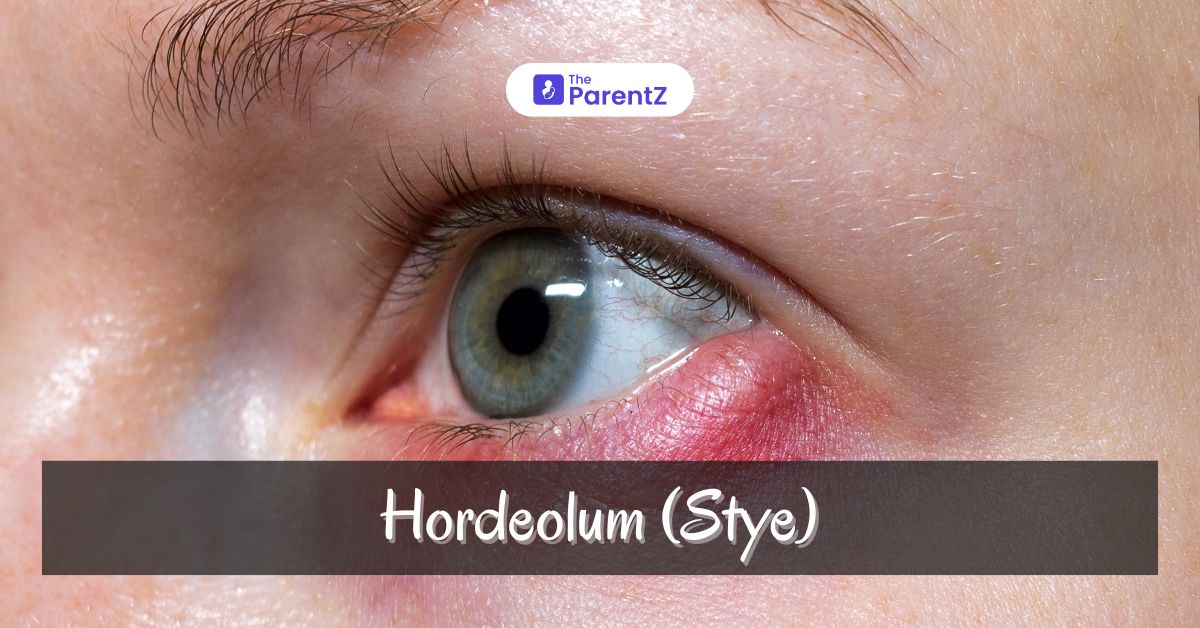

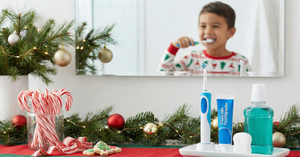
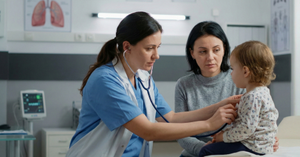
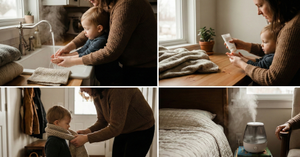
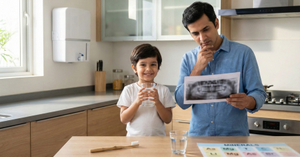


Be the first one to comment on this story.